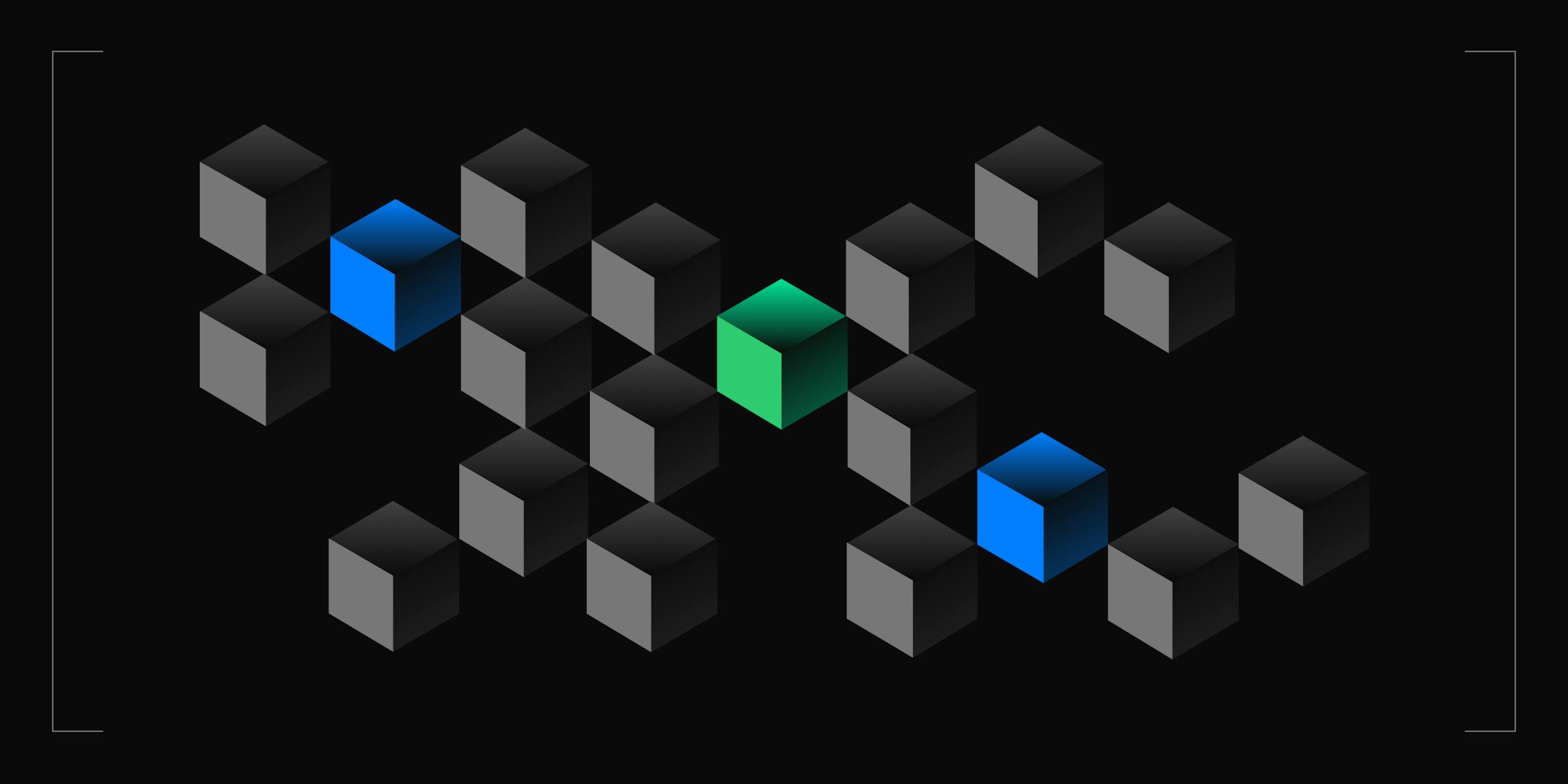TL;DR:
Cloud-based development environments offer benefits such as scalability, reliability, and security
Standardized development environments ensure consistency, reliability, and efficiency across all instances, whether local or cloud-based
Integration between local and cloud environments is the future of development environments
Cloud-based development environments provide a solution to the need to keep workflows up to date with the changing technology landscape.
The Evolution of Cloud Development Environments
As an employee of Daytona who worked at Codeanywhere for the last 4 and half years, I've witnessed how cloud development environments continue to reshape the software industry. With a remote workspace that can be accessed from any location, they eliminate the need for a local development environment, which is especially useful for collaboration across teams.
The initial players in this space, such as Codeanywhere, aimed to create an editor that would allow developers to use the browser to SSH into or FTP into production environments and do their coding directly on the servers where the code was served. However, the focus has shifted towards fully remote development environments that are transient, based on containerization and ephemeral environments.
At Codeanywhere, we were one of the early players in the cloud development environment space, where we started using containers as long-living development environments. Since then, we've evolved to focus on containerized development environments based on configuration files that are always up-to-date with the latest project requirements, allowing the entire development process to be moved to the cloud or remote locations using infrastructure as code.
The Benefits of Ephemeral Cloud Development Environments
Ephemeral development environments are always up-to-date with the latest project requirements, making them instrumental in the development of cloud development environments and other solutions that address the critical challenges facing developers.
By defining everything a development environment needs through code, developers can start coding without knowing the entire tech stack or ecosystem of tools and build tools required for the project. This approach eliminates the need for developers to learn all of the tools and reduces the potential for mistakes.
Feedback is a critical aspect of the DevOps lifecycle, and the ability to get it quickly and efficiently can greatly accelerate the entire process.
The Power of Standardized Development Environments
In the last years focus shifted towards standardized development environments that adhere to a specific configuration file or set of standards. By focusing on standardization, we can create fast, more productive development environments that allow us to get started on our work faster and with fewer setbacks.
Others have also been on the right track with developing tools to make standardized development environments more accessible and easier to set up. Microsoft's Dev Containers standard could be used both locally in VS Code, as well as in the cloud with services like GitHub Codespaces.
For example, standardization will enable new contributors to onboard quickly, without wasting hours trying to configure their environment. As more repositories adopt these standards, the velocity of contributing to open-source projects can be significantly accelerated.
Competitive Players in the Cloud Development Environment Space
There are many tools, software, and services currently supporting some type of standardized development environments. Codespaces, Gitpod, and Coder are on the right track, with the latter providing self-hosted solutions, while Gitpod uses their own proprietary yml file. Okteto facilitates development of Kubernetes by allowing remote access to Kubernetes nodes and pods for debugging and development purposes.
The Future of Cloud Development Environments
There's a need for complete integration from local to cloud, where developers have the ability to smoothly transition from coding on their local machine to coding in the cloud.
Looking ahead, it will be possible for developers to transition seamlessly from coding locally to coding in the cloud and back again. For instance, if you need a few more gigs of RAM or more CPU cores, you could push a button and spin up a cloud instance that's substantially more powerful than your machine.
This means developers will be free to work with more complex applications and code with greater ease, thereby increasing productivity. Overall, the future of cloud development environments is promising, and it will undoubtedly continue to transform the way we develop and deploy applications, resulting in more efficient and streamlined development processes.
The future of development environments is all about standardization and the ability to easily switch between local and cloud environments.
Tips for Transitioning to Standardized Development Environments
For those looking to transition from traditional development environments to standardized environments, they can follow a few tips to make the transition easier.
By adopting standards and moving towards standardized or cloud development environments, we can make development easier for everyone, and improve the overall velocity of development teams.
How to start with cloud development environments:
Understand the benefits of cloud development environments. Educate yourself on the benefits that cloud development environments offer, such as easier collaboration, simplified testing, and a more efficient development process.
Assess your needs. Determine your team's needs, including what programming languages and tools you use, as well as your workflow and any specific requirements. This will help you choose the right cloud development environment provider and standard.
Choose a cloud development environment provider. There are many cloud development environment providers to choose from, including Codespaces, Gitpod, and Coder. Compare the features and pricing to find the best fit for your team.
Choose a standard. Using a standard for your development environment, such as Dev Containers, can ensure that it's easy to set up and maintain.
Containerize your application using Docker. This will ensure that your application is portable and can be run consistently across different environments.
Take small steps. Introduce cloud development environments gradually and give your team time to adjust to the new practices. Consider starting with a small project to familiarize yourself with the process and benefits.
Use online resources to support the transition. There are many online resources available to help you get started with cloud development environments. This includes documentation and tutorials provided by the cloud development environment providers and online communities. Take advantage of the resources available to you.
By following these steps, you'll be well on your way to taking advantage of the benefits that cloud development environments offer. Remember, the transition may take time, but the benefits will be worth it in the long run.



